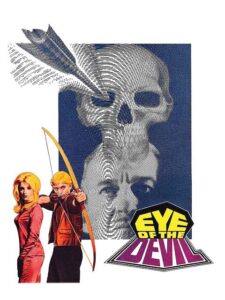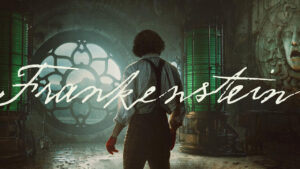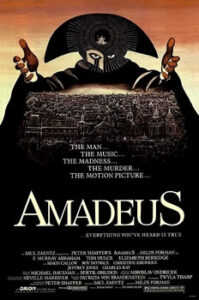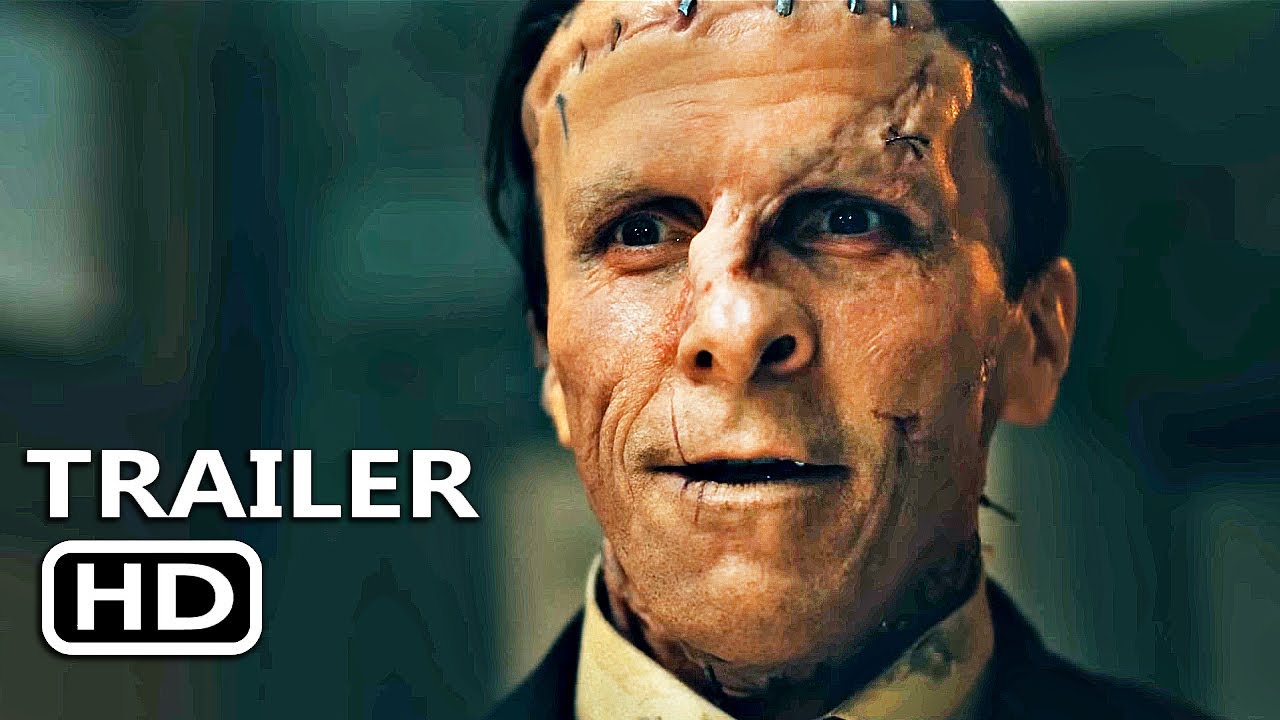..
Wake Up Dead Man, the third Knives Out mystery, opened to a limited theatrical release on Thanksgiving, the day my sweetie-wife and I saw it, and will be available on Netflix, the service that produced the project, on December 12th.
Daniel Craig once again stars as Benoit Blanc, a private detective noted for solving perplexing and intricate cases of murder. Blanc has been drawn to a small New York town where the local Catholic priest, Jefferson Wicks (Josh Brolin), was murdered, with suspicion falling on the parish’s junior priest, Jud Duplenticy (Josh O’Connor), whose troubled past—which includes a short, fiery temper and killing a man during a boxing match.
As is standard for murder mysteries of this sort, there is a large cast of characters all with seeming motive to murder Wicks, despite at one time being devoted to him. Being a Knives Out mystery, the case is stacked with notable names all thoroughly enjoying themselves.
I enjoyed the movie, felt it clipped along at a decent pace, but my sweetie-wife felt there were moments in the middle where it slowed too far and that it could have been cut. The story does present a number of reversals where you believe a solution has been presented and then that answer is demolished. Perhaps one of those false resolutions could have been removed without damaging the film, but if so, this is a very minor fault in the production.
It is a shame that Netflix won the bidding war 5 years ago after Knives Out surpassed $300 million at the box office and thus required that the sequels be primarily streaming affairs with brief—too brief—runs in actual theaters. Wake Up Dead Man, unlike Glass Onion, is much more of a traditional murder mystery and doesn’t engage in a restart of the story halfway through the run time like Onion did. (Do not get me wrong, I loved Glass Onion, but I don’t feel it’s really all that much of a mystery as it is Johnson having fun playing with the tropes of a sequel.)
If you get the chance to see Wake Up Dead Man in the theater, take it; otherwise, it will make a fine evening’s viewing at home on Netflix starting December 12.











